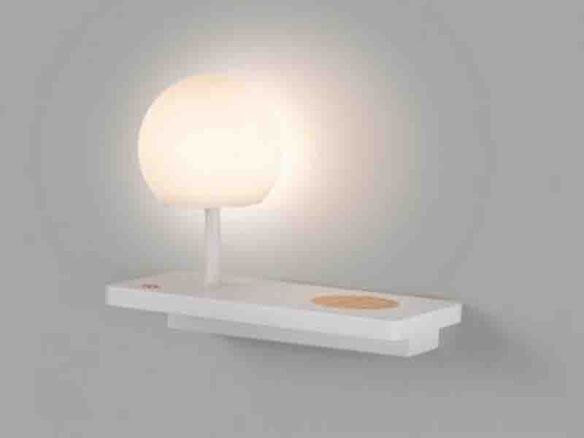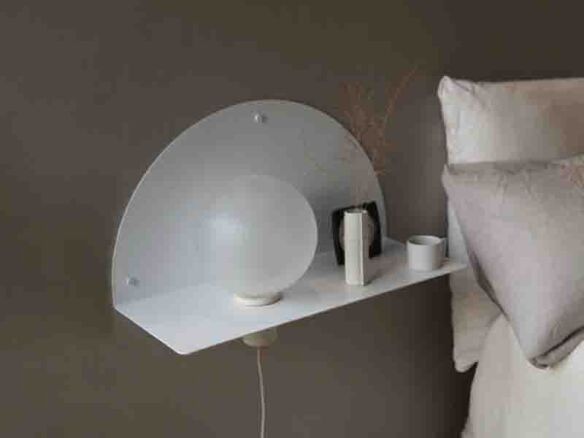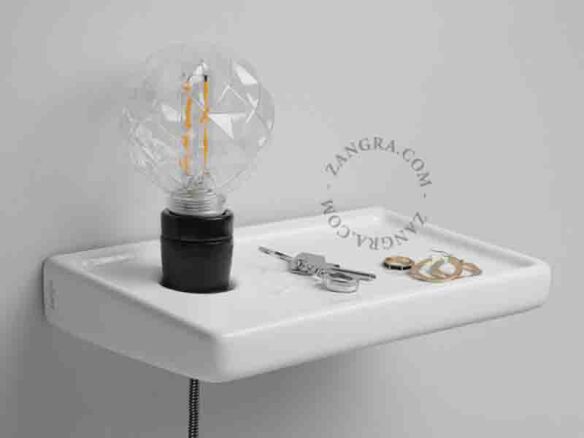Description from Lumens
Product Information
Back in 1924, Danish machine and electrical supply company, Louis Poulsen & Co., began working with designer Poul Henningsen to participate in an art exhibition in Paris. The result, the Paris lamp, used three rounded shades layered on top of each other to produce glare-free light. It won a gold medal, an achievement that led to a contract to provide lighting for the new Forum building in Copenhagen.
From that point on, the Louis Poulsen specialty was the design and production of modern lighting. Today, with its precise and functionally innovative layers and crisp white tones, Louis Poulsen lighting is recognized and specified the world over.
When you hear the name Louis Poulsen, you think distinctive modern Danish lighting. From the classic icons of the 1920s to more recent pieces, all Louis Poulsen lighting is created based on a deep-felt respect for architecture, understanding the emotional effect of lighting and the belief that shadow is just as aesthetically important as light. All three aspects manifest themselves in the sculptural layering and comfortable, glare-free light of Louis Poulsen pendants, wall, table and floor lamps. Over the years, the Louis Poulsen design philosophy and signature look have attracted the talents of such notable designers as Poul Henningsen, Arne Jacobsen, Verner Panton and Louise Campbell.
The story of Louis Poulsen doesn’t begin with lighting, or even with electricity. It begins with wine. In 1874, Ludvig R. Poulsen established a wine importing business in Copenhagen. It was based on the success of this company that he was able to open a second business selling tools and electrical supplies. His nephew, Louis Poulsen, eventually took things over in 1906.
Originally designed in 1958 by Poul Henningsen, the Artichoke Pendant has since become the most recognizable piece in the Louis Poulsen collection. It replicates the form of the eponymous vegetable with 72 precisely placed leaves. In addition to creating a generally fascinating structure, these leaves effectively provide glare-free light from all angles. The entire PH collection by Henningsen established the Louis Poulsen aesthetic. It is based on the three-shade system that Henningsen developed in 1925-1926, with symmetrical, curved metal discs that direct the majority of light downward.












Have a Question or Comment About This Product?
Join the conversation